The birthplace of Seibu Kamegawa
History
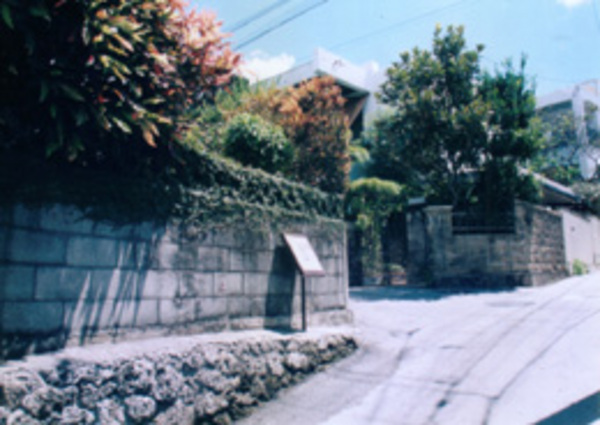

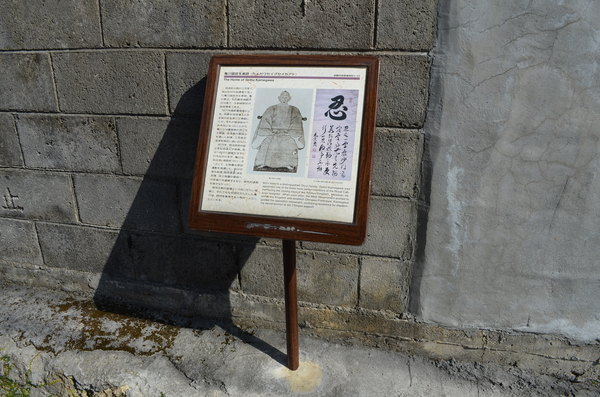
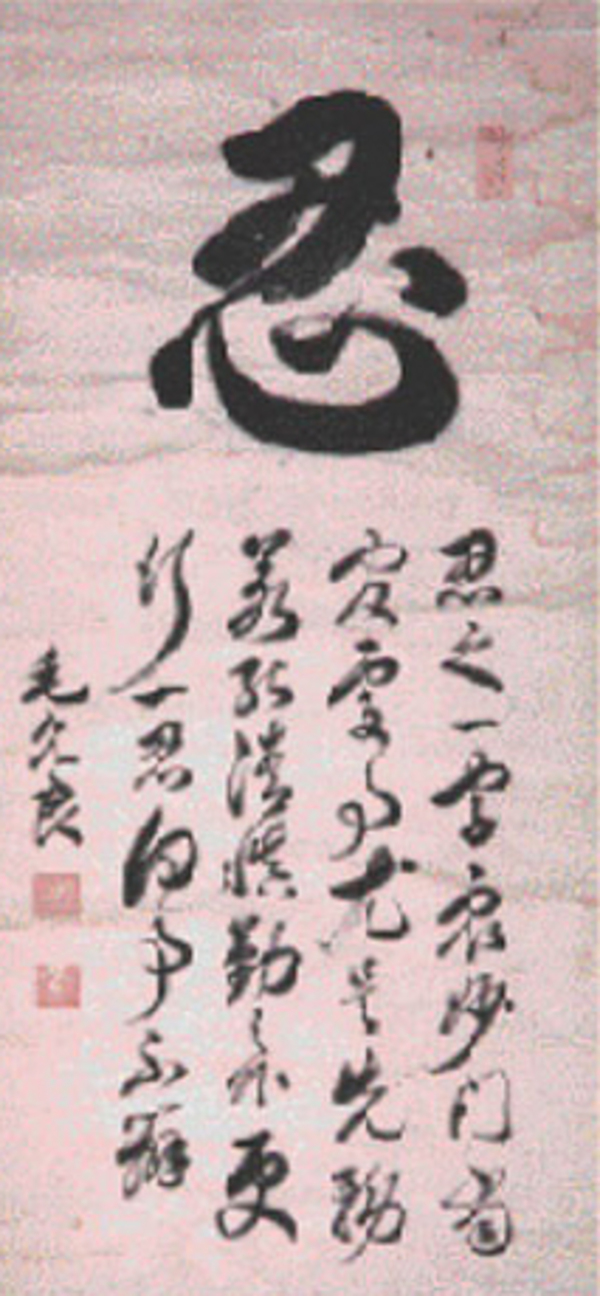
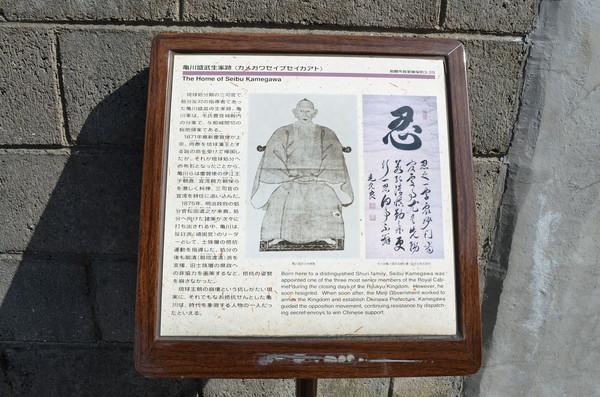
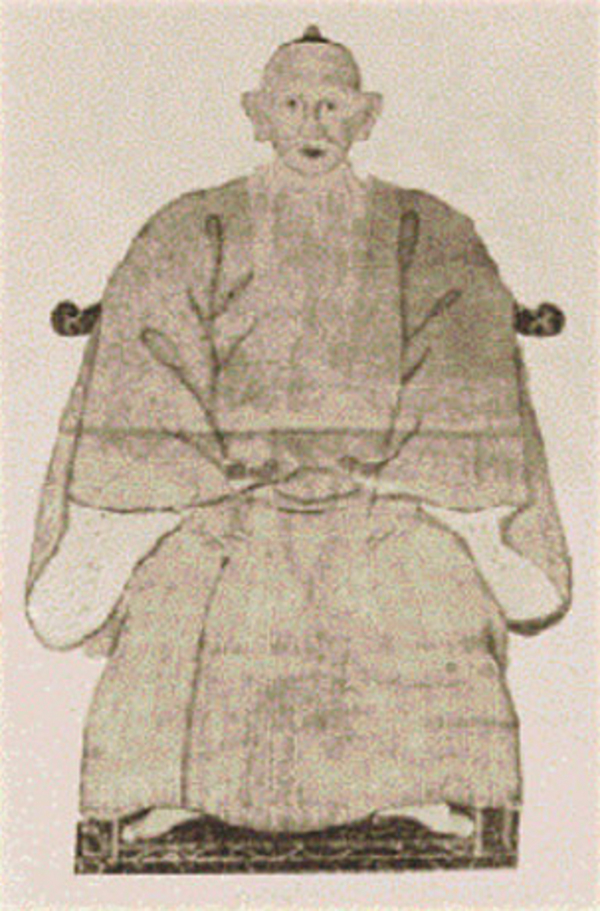
This is the birthplace of Seibu Kamegawa. He served as a politician on the Council of Three (Sanshikan) during the period of the annexation of the Ryukyu Kingdom and he guided the opposition movement against the annexation of the Kingdom.
Basic information
- Address
- 903-0811 3-25 Gibo-cho Shuri Naha Okinawa In front of a private home.
- Business hours
- Nothing in particular
- Close day
- Nothing in particular
- Charge
- Free
- Parking
- None
- Access information
- A 3-minute walk from the monorail Gibo Station.
Additional Information
- Academic information
- This is the birthplace of Seibu Kamegawa. He served as a politician on the Council of Three (Sanshikan) during the period of the annexation of the Ryukyu Kingdom and he guided the opposition movement against the annexation of the Kingdom. The Kamegawa family was a branch of the Mou Uji Tomigusuku Dunchi, and was the lord manor house of the Yonashiro Magiri.
In 1871, the Keiga Restoration envoy (Ishinkeigashi) went to Tokyo. They received orders that Sho Tai was to become the king of the Ryukyu-han (Domain) that they returned home with only to have this become the stepping stone to the annexation of the Ryukyu Kingdom. Kamegawa vigorously denounced the Keiga envoy Prince Ie Chochoku and Giwan Uekata Choho, driving Giwan to resign from the Council of Three (Sanshikan).
In 1875, the Meiji government’s Annexation Officer Michiyuki Matsuda came to the island. While various measures towards annexation were hammered out one after the other, as a leader of the anti-Japanese faction Ganko-Tou (stubborn party), Kamegawa instructed the resistance movement of the elite tier. Even after the annexation, he continued to support the Dashin (resistance group trying to receive help from the Qing Dynasty for the former Ryukyu Kingdom), proposed the non-cooperation to the prefectural government of the old elite tier, and never let up his stance on resistance.
It was difficult to fight and resist the reality of the collapse of the Ryukyu Dynasty, and yet Kamegawa still resisted. It can be said that he was one of the people who symbolized the era. - Quote
- Naha City Museum of History
